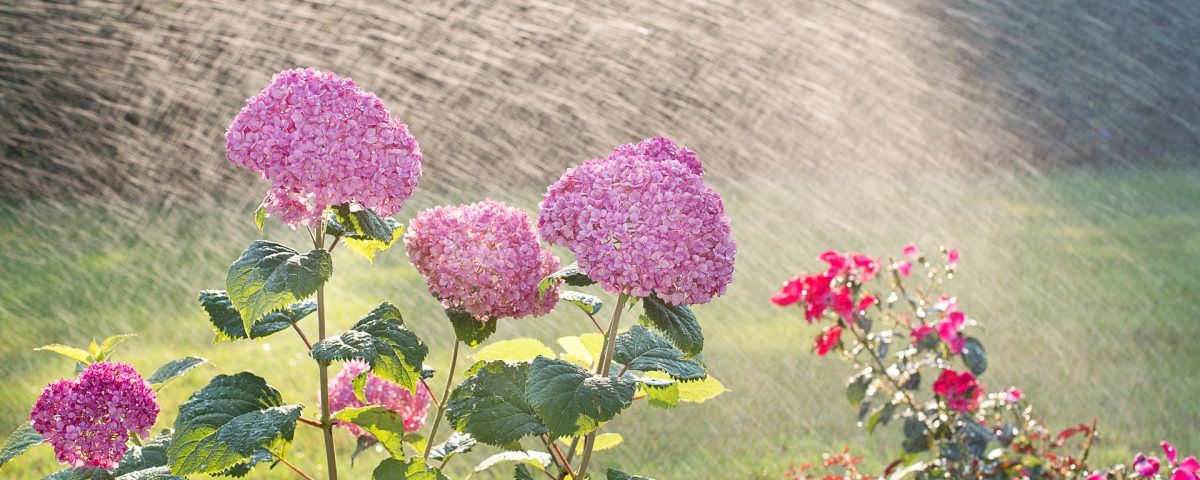Is How You Water Killing Your Plants?

Is How You Water Killing Your Plants?
Written by: Shaun Mayfield
We probably can all agree that water is essential to life whether it’s hydrating ourselves on a hot sunny day, our four-legged friend on a long hike, or those beautiful leafy greens, tomatoes, squash & fruit trees on a hot sunny day. For plants, water is the primary component for plant metabolism & photosynthesis which leads to cell division and the plant’s growth as well as moving components through the plant for life-sustaining chemical reactions. Of course, all those water demands can change based on the temperature, humidity, and other environmental things for the plant. When we create a garden or Agriscaping design we have created a system that is dependent on our ability to manage the water needs of the plants for their overall health and production. So how we water has a direct relationship to the death or life, including abundant life, of our plants.
Understanding how water moves in the soil is important to understanding some best watering practices. Regardless of the soil type, water generally moves slowly through the root zone. As water moves through different layers of soil it must reach what is called ‘field capacity’ before the water descends to the next layer. This movement of water is called the wetting front and it is highly affected by the soil type. Sandy or loamy soil tends to move water faster than heavy silted soil like clay soils. With this in mind, simple math can help us understand how easily you could be affecting the overall health of your plants & trees. Imagine you are just hand watering with a spray head, and because of the slow nature and lack of patience you are only applying half of the water it takes to wet the entire root zone, then only the top half of the root zone is getting wet. What this means is that below the wetting front it remains as dry as if the plant was never watered. In this scenario, we get the personal fulfillment of watering while our plants struggle without receiving their water demands. Once we get the entire root zone wet then the plant is able to uptake all the water it needs to carry on its important functions.
All while this is happening, plants are continuously losing water. This happens in different ways. One perhaps less-than-obvious way is the transpiration through the leaves. Leaves have thousands of microscopic holes called stomates and it is through these holes that moisture evaporates out. You have probably seen evidence of this as the leaves are transpiring more than they are uptaking. We see the results of wilted leaves, especially on a hot sunny day. Note this is also the plant’s way of cooling itself similar to an evaporative cooler. Another way plants are losing water is due to evaporation from the soil. These two water losses combined is called evapotranspiration and is always working against our best watering efforts. Some of the factors affecting evapotranspiration is day length, temperature, cloud coverage, humidity, mulch, and the amount of plants in a given area, which these combined is the microclimate in which the plant lives.
Yields and crop production are directly related to whether we meet, exceed, or fall short of the water needs of the specific plant in question. As stated before, when plants do not have the water they need, they begin closing their stomata. They will curl their leaves and change their direction to avoid the hot sun, and ultimately reduce their leaf and stem growth as well as their production.
Next week we will discuss six things to consider about water efficacy so stay tuned.
To find out what webinars or live classes are available for free click here!

